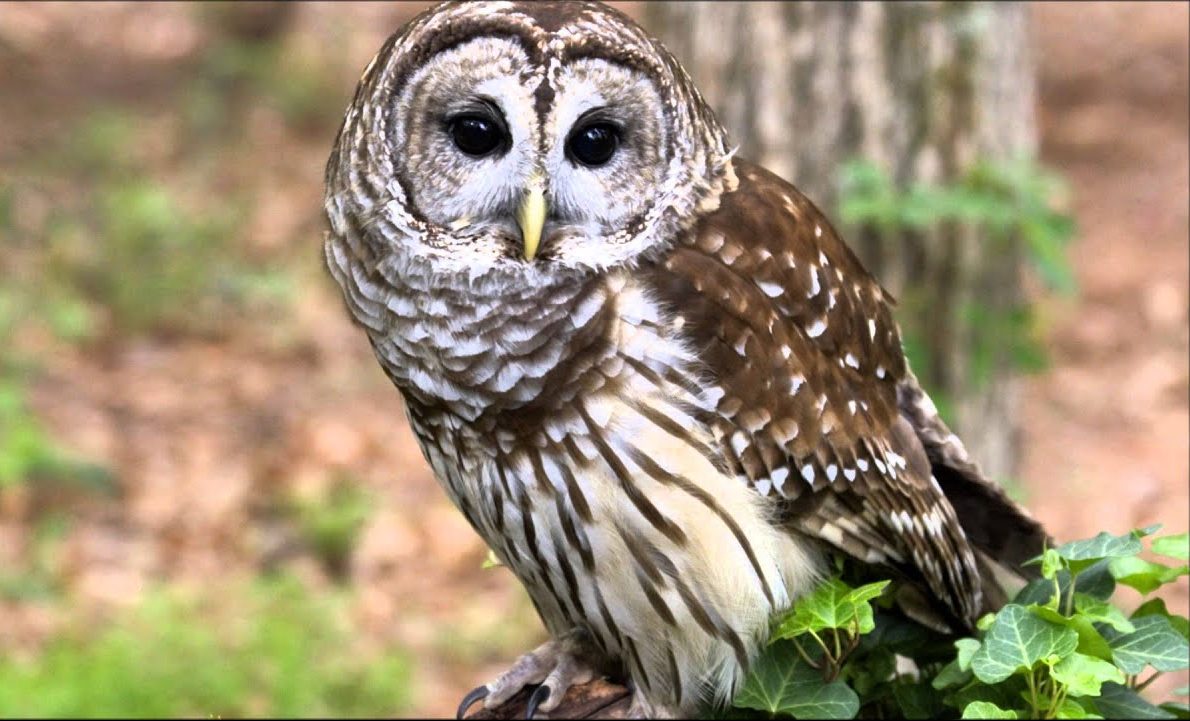Hooter

In the moonlit forest, amidst the hushed whispers of leaves, a shadowy figure glides noiselessly. With eyes piercing the darkness, it surveys its domain with an almost mystical presence. This enigmatic creature, revered by cultures worldwide, is the owl. With their haunting calls and nocturnal prowess, owls have captivated human imagination for millennia. In this article, we embark on a journey to unravel the secrets of these fascinating birds of prey.
Table of Contents
ToggleThe Diversity of Owls:
Owls belong to the order Strigiformes and are found on every continent except Antarctica. Despite their widespread distribution, owls exhibit remarkable diversity in size, habitat, and behavior. From the diminutive Elf Owl, barely six inches tall, to the massive Eurasian Eagle-Owl, with a wingspan of over six feet, owls come in various shapes and sizes.
One of the most distinctive features of owls is their adaptation to nocturnal life. Their large, forward-facing eyes are adapted for low-light conditions, enabling them to hunt effectively in the darkness. Additionally, their facial discs, consisting of specialized feathers, help funnel sound to their ears, enhancing their ability to locate prey with remarkable precision.
The Silent Hunters:
Among the many attributes that distinguish owls, perhaps none is more fascinating than their silent flight. Unlike most birds, whose wingbeats create audible turbulence, owls possess specialized feathers that allow them to fly noiselessly. This stealthy approach is crucial for ambushing prey, as it enables owls to swoop down undetected, securing their next meal with deadly efficiency.
Furthermore, owls exhibit remarkable adaptability in their hunting techniques. While some species rely on acute hearing to detect the faintest rustle of prey beneath the snow or foliage, others employ keen eyesight to spot rodents scurrying across open fields. This diversity in hunting strategies underscores the adaptability and resourcefulness of these avian predators.
Cultural Significance:
Throughout history, owls have held a prominent place in human culture and mythology. In ancient Greece, the owl was associated with Athena, the goddess of wisdom, symbolizing knowledge and foresight. Similarly, in Native American folklore, owls were revered as guardians of the night, possessing mystical powers and wisdom beyond mortal comprehension.
However, despite their revered status in many cultures, owls have also been subjected to superstition and fear. In some societies, owls were viewed as harbingers of death or ill omens, their haunting calls instilling a sense of dread in those who encountered them. Nevertheless, as our understanding of these birds has deepened, so too has our appreciation for their role in the natural world.
Conservation Challenges:
Despite their cultural significance and ecological importance, owls face numerous threats to their survival. Habitat loss, driven by deforestation and urbanization, poses a significant risk to many owl species, depriving them of vital nesting sites and hunting grounds. Additionally, pesticide use and rodenticides, intended to control agricultural pests, can have detrimental effects on owl populations, contaminating their food sources and causing secondary poisoning.
Furthermore, owls are often victims of collisions with vehicles and structures, particularly in areas where human development encroaches upon their habitats. Climate change presents another looming threat, altering the distribution of prey species and disrupting the delicate balance of ecosystems upon which owls depend.
Conclusion:
Owls are extraordinary creatures that embody the mystique and wonder of the natural world. From their silent flight to their enigmatic presence in mythology, owls continue to captivate and inspire us. However, as human activities continue to encroach upon their habitats, it is imperative that we take steps to conserve these magnificent birds and ensure their survival for generations to come. By fostering greater awareness and appreciation for owls and the ecosystems they inhabit, we can work together to protect these silent hunters and preserve the rich tapestry of life on our planet.





